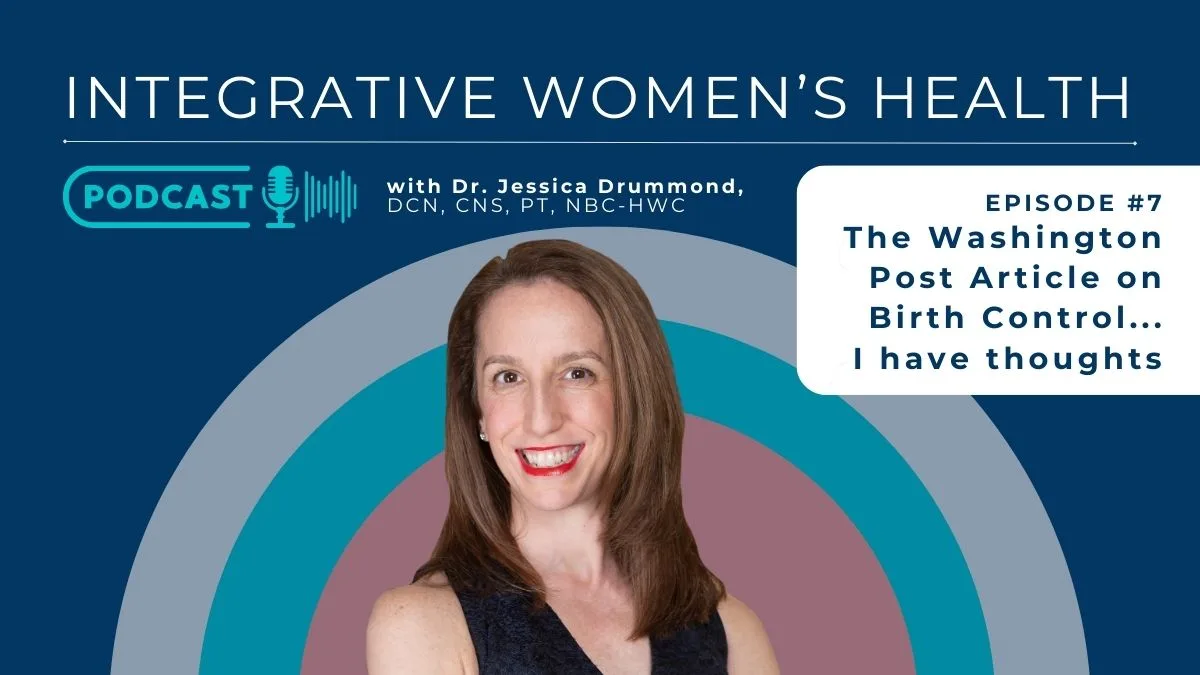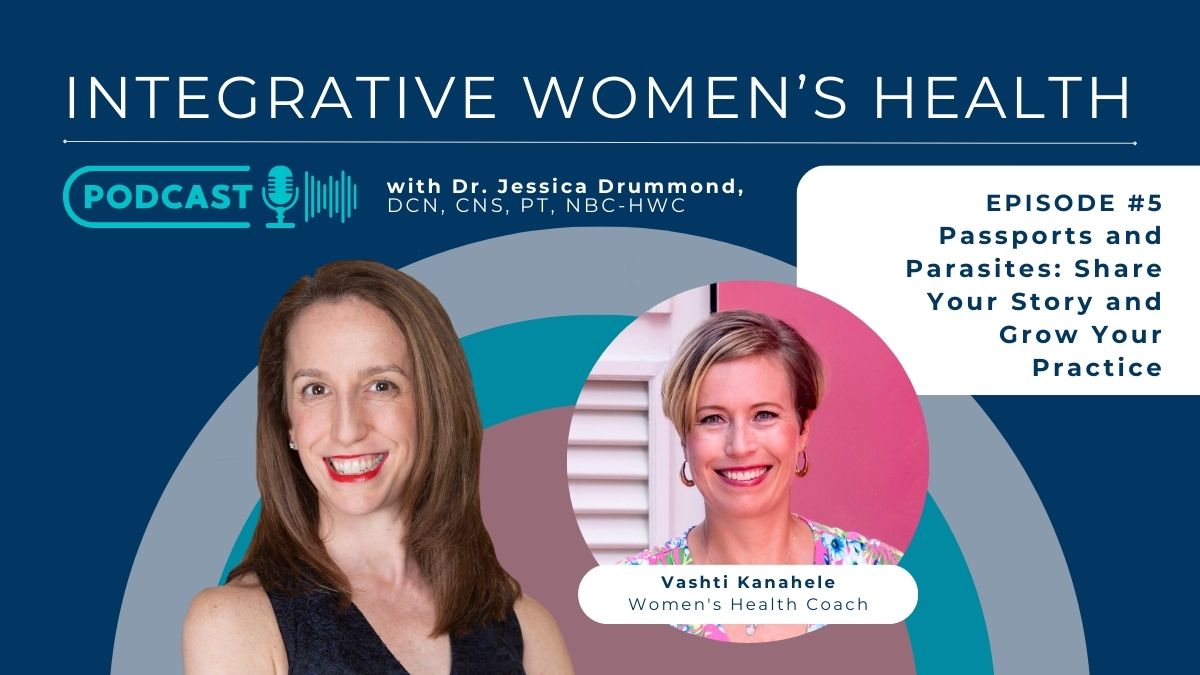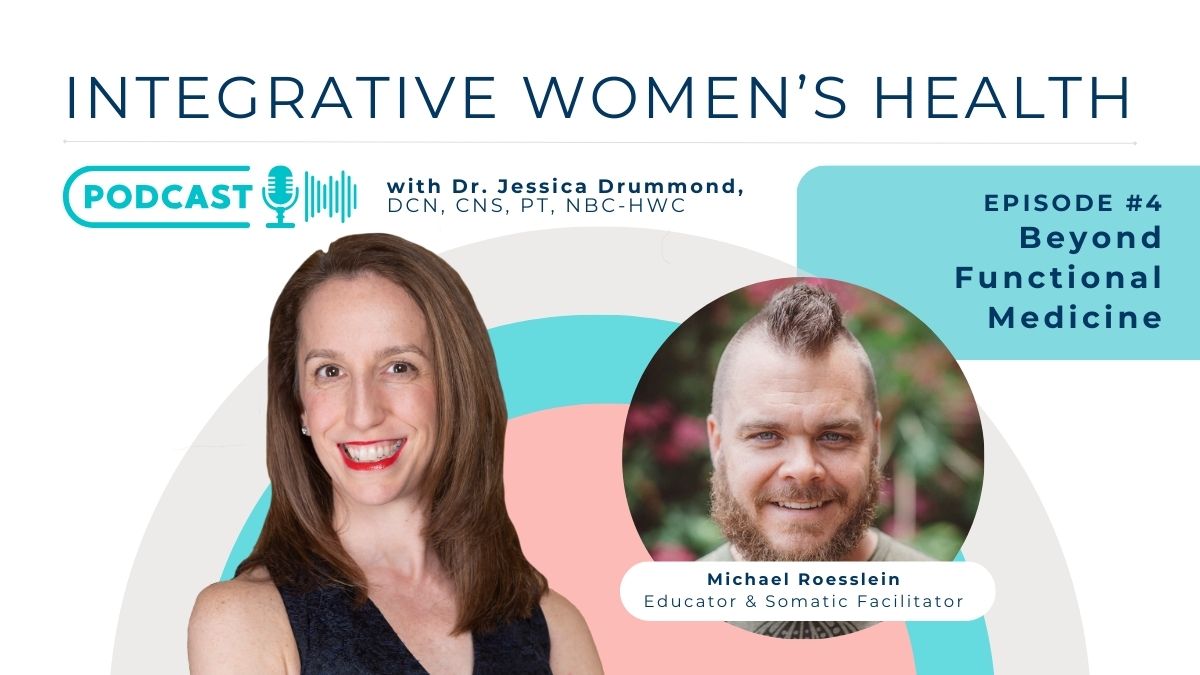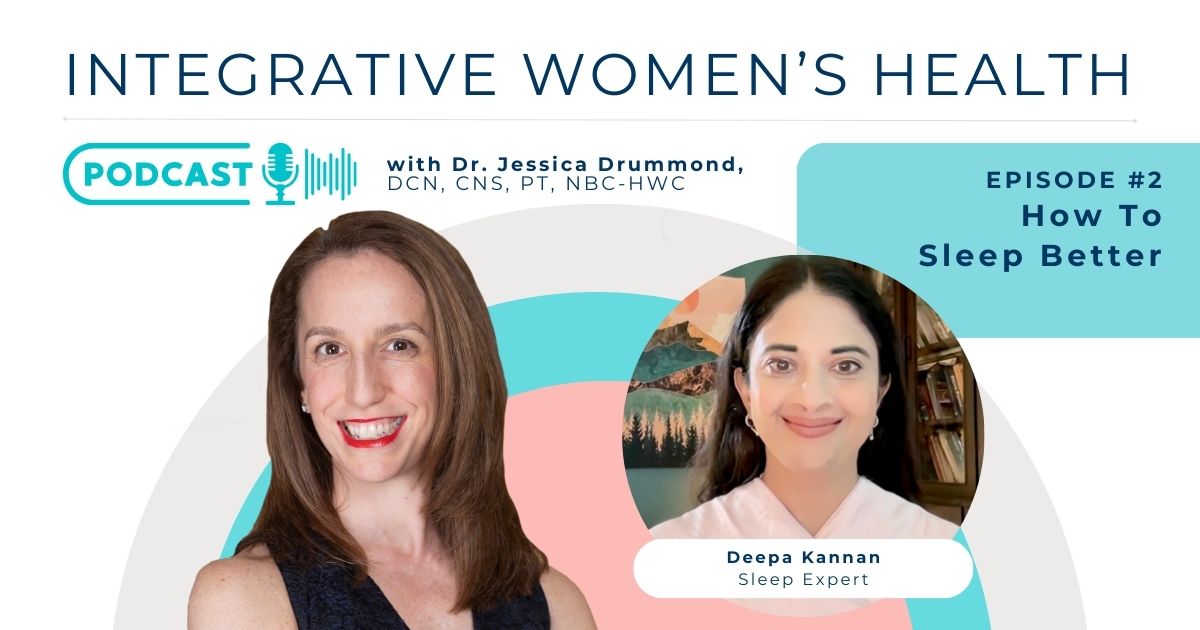It is well known that eating healthfully and exercising can help to reduce breast cancer risk. But, there are still many questions about what specific influences diet and exercise can have on cancer risk factors. Researchers performed a pilot diet and exercise intervention to look at lifestyle factors on breast cancer risk markers in seven obese postmenopausal women (Carpenter, et al., 2012.) Each woman was prescribed a calorie restricted diet. The number of calories per day was determined at 500 calories less than each woman’s basal metabolic rate. (This is a commonly accepted standard for healthy weight loss.) Additionally, each diet consisted of 7 servings of fruits and vegetables, 20% fat, 30% protein, 50% carbohydrates, and 25–35 grams of fiber per day. The study report did not list any details of the specific components of the diet (grains, beans, meat, fish, nuts, etc.)
The exercise intervention was performed under the supervision of a fitness trainer who tailored each exercise routine to each participant. Each participant began at an aerobic intensity that was 50% of their maximum oxygen uptake (VO2Max) determined from the VMax testing. The aerobic exercise was performed on treadmills and stationary bicycles. Weight training began at 50% of each subject’s 1-repetition maximum (1-RM) recorded during initial muscular testing. Testing was done using standard gym-based weight machines and free weights. At four week intervals, participants received updated exercises designed to increase their aerobic exercise by 10% of their VO2Max, and 10% of their 1-RM so that levels increased to 60%, 70% and 80% of their maximum values respectively. Each participant attended at least three, one-hour training sessions per week.
Before and after these 12-week interventions, estradiol levels and interleukin 6 (IL-6) levels were measured specifically in breast ductal fluid. Ductal fluid estradiol levels decreased 24% and IL-6 (a common marker of inflammation) reduced 20%. Similar results were found in the serum. Serum estradiol decreased 24% and serum IL-6 dropped 33%, additionally serum leptin decreased 36% and serum fatty acid composition improved.
What can we learn from this study to apply to our clients who are concerned about breast cancer prevention?
First of all, this is a pilot study without a control group, thus we can’t draw any cause and effect conclusions. These results are purely suggestive and help us to form the foundation for conducting a randomized, controlled trial.
What looks promising, however, is that for this specific population of obese, postmenopausal women there is a lot that can be done with simple dietary and exercise interventions to improve breast cancer risk factors.
-
Eat at least 7 servings of vegetables and fruits each day
-
Increase fiber intake to 25-35 grams per day (the average American woman eats only 12 grams per day.)
-
Consider calorie reduction to 500 kcal below BMR (include a multiplier based on physical activity level.)
-
Eat a balance of macronutrients. In this study… 20% fat, 30% protein, 50% carbohydrates.
-
Exercise at a personally appropriate intensity for at least 3 hours per week. Get the support of a fitness professional to progress the intensity, maintain form, and enhance motivation and longer term compliance.
All of these recommendations make sense based on everything that we know about lifestyle changes for healthier living. Nothing here is Earth-shattering. But, I bring up this study today because I see in the clinicians that I teach that sometimes we’re missing the basic, well-understood recommendations that time and time again are supported by clinical research.
This week, before you get into complicated testing, supplement recommendations, or searching for needles in a haystack red flags, are each of your patients and clients eating at least 7 servings of vegetables and fruits each day? Are they each eating a whole foods diet containing a balance of healthy fats, unprocessed whole grains, and clean proteins? Are they exercising at a personalized intensity for at least 3 hours each week?
Are they having any fun? Getting any rest?
Don’t forget the basics. They are the foundation of reducing risk for all major chronic illness including breast cancer.
Let me know in the comments below how you assess the basics in your clients and patients. Thanks!
Warmly,
Reference:
Carpenter, C. L., Duvall, K., Jardack, P., Li, L., Henning, S. M., Li, Z., & Heber, D. (2012). Weight loss reduces breast ductal fluid estrogens in obese postmenopausal women: a single arm intervention pilot study. Nutrition Journal, 11, 102. doi:10.1186/1475-2891-11-102








